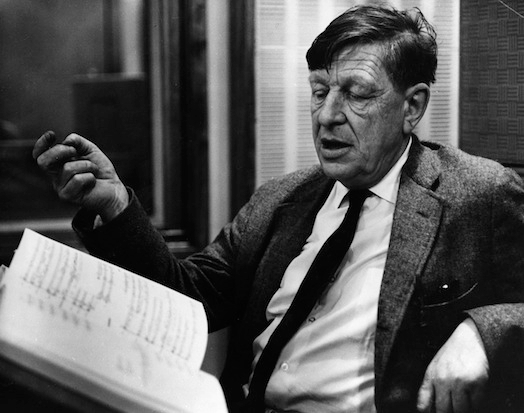W.H.Auden once wrote: ‘Real artists are not nice people. All their best feelings go into their work and life has the residue’ — which puts those who aspire to be artists in a bit of a quandary. Is it a measure of one’s success as a ‘real artist’ that one is not a nice person? Is it in fact possible to be a real artist and a nice person? And, if it is not, is it better to be a real artist or a nice person? Auden, who was speaking from first-hand experience, implies that it must be one or the other.
By the time he wrote this, Auden was sure of his standing both as an artist and as a person. His friends might say that he was a nicer person than he thought he was, but no one was going to say he was not a great artist. The quandary is for those who are not quite sure of their standing as artists, and who are tempted to think that bad behaviour proves that their creative work must have a certain worth. And that, by extension, the public will forgive them their bad behaviour out of respect for their work.
The most impressive cases are those where centuries after the event we admire the work and find the life entirely forgiveable. If Caravaggio had to live in such a rough milieu that he murdered his friends, we wouldn’t want his paintings to be any different — and perhaps if he had stayed his hand his paintings would be less adventurous. Presumably Christopher Marlowe didn’t get stabbed in the eye because he was in the wrong place at the wrong time, but because he lived that sort of life.








Comments
Join the debate for just £1 a month
Be part of the conversation with other Spectator readers by getting your first three months for £3.
UNLOCK ACCESS Just £1 a monthAlready a subscriber? Log in